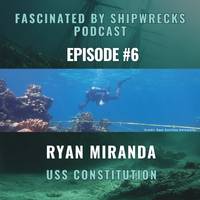
Fascinated by Shipwrecks Podcast: USS Constitution - Still on Duty
, and how technological advances like augmented reality are changing the way the public can interact with shipwrecks.About Ryan MirandaRyan Miranda is a maritime archeologist and historian with a master's in Maritime studies from East Carolina University. From the Chesapeake Bay to the shores of Costa Rica and the Gulf Coast of Texas, his career has allowed for diverse experiences in underwater research and cultural resource management. His interest in emerging technologies focuses on technologies to improve the public's knowledge about maritime archeology and the stories it reveals about the
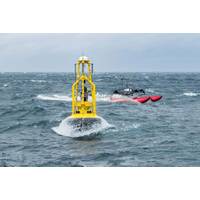
OPT Grows Presence in Latin America
Ocean Power Technologies (OPT) has signed a reseller agreement for its technology with Geos Telecom, a provider of maritime communication and navigation solutions in Costa Rica.The partnership marks an expansion of OPT’s presence in the Latin American market and includes the immediate sale of a WAM-V (Wave Adaptive Modular Vessel) with anticipated near-term continued growth of PowerBuoy systems and WAM-V’s in support of regional demand."We are excited to collaborate with Geos Telecom as our strategic reseller in Costa Rica. We believe this agreement not only enhances our footprint in
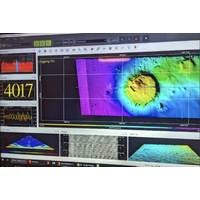
Massive Seamount Discovered in Waters Off Guatemala
,400 meters below sea level. Using the EM124 multibeam echosounder on Schmidt Ocean Institute’s exploration and research vessel Falkor (too), the seafloor feature was discovered 84 nautical miles outside the Guatemalan Exclusive Economic Zone during a six-day crossing this summer from Puntarenas, Costa Rica, towards the East Pacific Rise. The Schmidt Ocean Institute on-board crew included a GEBCO-trained hydrographic expert, who confirmed that the seamount is not in any seafloor bathymetric database.This marks the ninth seafloor discovery since the research vessel Falkor (too), was launched in March
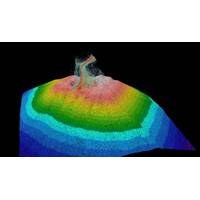
SOI Steps Ahead on Ocean Mapping
prototype for that was an instrument called DISCO, similar, but for much shallower water, which was funded by Marine Technology Partners. As I mentioned, it found greater biodiversity, and they're still working on the data, but new coral species as well.The third cruise was our Octopus Odyssey off Costa Rica. That was to go and look at an octopus nursery that had been discovered in 2013. Back then, there was no evidence that the octopus that they'd seen had viable eggs, no real evidence of this being a nursery. When we went out this year, we saw hatchlings and little octopus. It actually was a
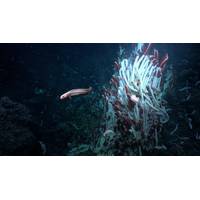
SOI Says New Ecosystems Found Beneath Hyrdrothermal Vents
the East Pacific Rise off Central America. The landmark 30-day expedition aboard Schmidt Ocean Institute’s research vessel Falkor (too) was led by Dr. Monika Bright, University of Vienna, along with an international science team from the United States, Germany, the Netherlands, France, Costa Rica, and Slovenia.Using an underwater robot, the science team overturned chunks of volcanic crust, discovering cave systems teeming with worms, snails, and chemosynthetic bacteria living in 75 degrees Fahrenheit (25 degrees Celsius) water. The discovery adds a new dimension to hydrothermal vents, showing
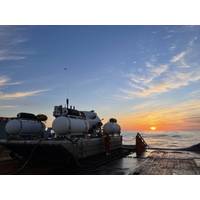
After Titanic Sub Disaster, Industry Faces Scrutiny
in which he announced that the Titan had imploded that "questions about the regulations that apply and the standards - that's going to be, I'm sure, a focus of future review."Ofer Ketter, the president of SubMerge, a submersibles consulting and operations company based out of Costa Rica, said he had reassured clients that what happened to the Titan was unlikely to take place in the more hospitable depths that most private submersibles explored.He said regulators could now focus on operations - how and when such vessels dive - but that no governments currently regulated the manufacture
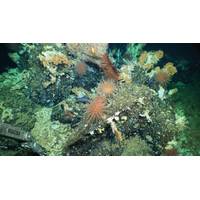
New Coral Reef Discovered in Ecuador's Galapagos Islands
thousand years old at least, he added.The South American country last year expanded the Galapagos marine reserve by 60,000 square km (23,166 square miles), an extension of the 138,000 square km already in place, to protect endangered migratory species between the Galapagos and the Cocos Island in Costa Rica.The Galapagos, which inspired Charles Darwin's theory of evolution, are also home to giant tortoises, albatrosses, cormorants and other species, some of which are endangered.(Reuters - Reporting by Alexandra Valencia; Writing by Julia Symmes Cobb Editing by Rosalba O'Brien
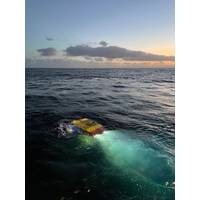
NOC Expedition Seeks Answers on Subsea Mining Impacts
Scientists from the National Oceanography Center (NOC) have embarked on a month-long research expedition from Costa Rica to the Central Pacific to understand the impacts of deep-sea extraction of polymetallic nodules on the seabed. These are hard rock like materials, highly enriched in metals found on the sea floor.The Seabed Mining And Resilience To Experimental impact (SMARTEX) project will provide the critical scientific understanding to reduce the risk of extracting these nodules in a 6 million sq km region of the central Pacific Ocean.The polymetallic nodules are highly enriched with metals

MTR100: Deep-sea Mining May Prove Pivotal in the Climate Change Discussion
recovery processes over a reasonably long timescale of four decades,” Jones explained. “This would enable us to provide better evidence on the long-term impact of mining.”The team is currently preparing for the first of their two expeditions to the CCZ, leaving in February 2023 from Costa Rica. Their work will be supported by a robust lineup of equipment, ranging from acoustic mapping to oceanographic moorings. Two key pieces of tech include their remotely operated vehicle (ROV), ISIS, and their autonomous underwater vehicle (AUV), Autosub 5. “The ROV will enable us to obtain amazing


 February 2025
February 2025





